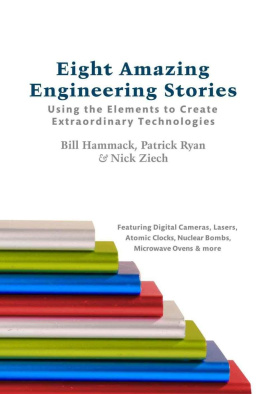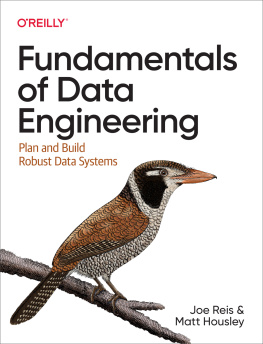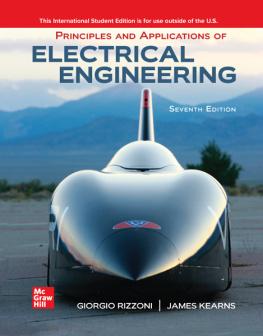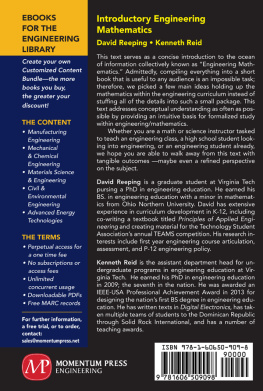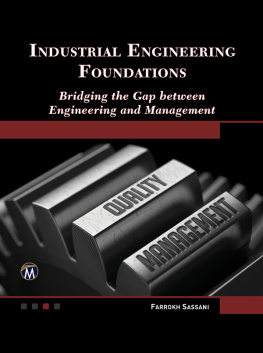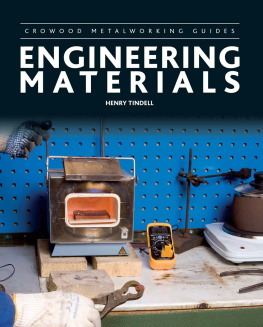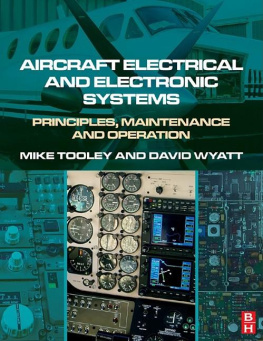Table of Contents
Eight Amazing
Engineering Stories
Using the Elements to Create
Extraordinary Technologies
Bill Hammack, Patrick Ryan, & Nick Ziech
Copyright 2012 William S. Hammack, Patrick M. Ryan, & Nicholas E. Ziech
All rights reserved. No part of this book may be reproduced in any form by any electronic or mechanical means (including photocopying, recording, or information storage and retrieval) without permission in writing from the publisher.
Articulate Noise Books

First Edition: April 2012
Hammack, William S., Patrick M. Ryan, & Nicholas E. Ziech
Eight Amazing Engineering Stories: Using the Elements to Create Extraordinary Technologies / Bill Hammack - 1st edition (version 1.1)
ISBN 978-0-9839661-3-5 (pbk)
ISBN 978-0-9839661-4-2 (electronic)
ISBN 978-0-9839661-5-9 (hbk)
1. Engineering. 2. Technology --Popular works. 3. Chemical elements. 4. Electronic apparatus and appliances. 5. Engineering design I. Title.
Preface
After creating our third series of EngineerGuy videos in the spring of 2011, we started getting a lot of requests. Specifically, a lot of people wanted to know even more about the topics we covered in the videos. The problem is that you can only put so much information into a five-minute video. So we wrote this book to give a more complete treatment to the subjects we cover in our fourth series of videos. In this book, we aim to educate the reader on how engineers use elements to create the world around us and to tell the fascinating stories behind a lot of the technology we see today.
Although this book covers some scientifically heavy topics, we do it in a way that any determined reader can understand. To aid the reader we have added several primers on subjects before certain chapters. For instance, before our discussion on the preparation of uranium for an atomic bomb, we have written a short primer on nuclear structure. If you feel familiar with how atoms are composed and what holds them together, feel free to skip this primer and go right to the chapter. However, if you feel you know very little about nuclear structure, this section will provide you with the foundation you need to understand the chapter that follows.
The video series was developed using generous funding from the Special Grant Program in the Chemical Sciences from The Camille & Henry Dreyfus Foundation.
While the writing and preparation of this book involved hard work and much exhausting labor, we found it a pleasure to work together to create something that, we hope, will delight and inform our readers.
W.S.H. P.M.R. N.E.Z.
March 2012
Urbana, Illinois
Introduction
In this book we focus on how engineers use the chemical and physical properties of specific elements to create the technological objects that surround us. In eight chapters, we cover eight uses of the elements: CCD imagers, tiny accelerometers, atomic clocks, fissile material for bombs and fuel, batteries, anodized metal surfaces, microwave ovens, and lasers.
We have chosen to discuss these uses of the elements because they highlight the different applications that elements have in our lives. We hope that through these chapters you gain not only a deeper understanding for how these elements are used but also an appreciation for the magnificence of the innovation and engineering that go into the world around us.
After this book was written we used it as the basis for a video series. We recommend that our readers find these short videos -- none longer than five minutes or so -- at www.engineerguy.com . Although this book stands on its own the videos greatly help explain the information we share in this book by showing the principles in action.
Silicon
[sil-i-kon] | Symbol: Si | Atomic number: 14 | Atomic weight: 28.0855 amu
The long and significant impact of silicon on humankind can be seen from the names etymology. The root of the word comes from the Latin silex , meaning flint, because humans have been using silicon in the form of flint since prehistoric times. Today, of course, no single element better defines our age than silicon: The element lies at the core of every one of our electronic devices. Although it doesnt conduct electricity as well as a metal, it does perform better than, say, a piece of rubber, but more importantly silicon can be made to switch internally with no moving parts between these two extremes of conductivity. Thus creating a switch that controls the flow of electrons in circuit boards. Having a blue-gray color and nearly metallic sheen, silicon is never found pure in nature, but when combined with oxygen, it forms the most abundant compound in the earths crust: SiO, commonly found in sand.
In the next two chapters, we will look at two aspects of silicon. First, we will examine how its electronic properties allow engineers to make the CCD (charge coupled device) that captures images in a digital camera. In the chapter after that, we will look at how the structural properties of silicon allow engineers to create amazing, intricate structures on a tiny scale, such as parts in smartphones. These commonplace items perfectly highlight how necessary silicon is to our world today.
Digital Cameras: How a CCD Works
I HAVE SNAPPED PHOTOGRAPHS around the world. As you might guess, of all the stuff Ive seen, Im fascinated most by engineered things. Ive photographed the soaring spire of the Eiffel Tower, the concrete dome of the Pantheon, ancient salt works on the border of Croatia and Slovenia, and the simple yet functional construction of huts in a Masai village in Tanzania. Yet, I find the cameras I use to take these pictures every bit as amazing as the structures themselves.
A camera both captures and records an image. In the earliest cameras, film was able to perform both tasks simultaneously. In traditional film cameras, a lens focused light onto film that was composed of a piece of plastic covered with small grains of light-sensitive silver bromide. In the spots where light would strike, silver ions in the grains changed to an altogether different compound, metallic silver. The more intense the light, the more silver was created in a grain. The image remained latent on the film until the photographer used a chemical process to grow the silver spots until they could be seen by the human eye. The silver areas appear dark in the negative and correspond to the bright parts of the image; different shades of gray depend on how much silver was created in a grain by the intensity of the light.
In todays digital camera, these two functions are split: A light-sensitive CCD (charge coupled device) captures the image and then transfers it to the cameras electronics, which record it. At some level you already understand the concept: If you enlarge a digital photograph on your computer, you can easily see the tiny picture elements (the source of the word pixel ) that make up the image. Its easy to then understand that each of these corresponds to a section of that CCD , but how exactly does it work?
The key to understanding why digital photography became cheap and ubiquitous lies in appreciating the ingenious way that the CCD transfers the image within the camera. To make this technology easier to understand, well start the story of the CCD with a single pixel and then work our way out to how the pixels are linked together.
How a Single Pixel Measures Light Intensity
Since the late nineteenth century, engineers and scientists have known that certain solids will produce current when exposed to light. For example, take a bar of selenium (a dense, purple-gray solid extracted from copper sulfate ores) and attach a wire to each end. Hook an ammeter (which measures current) to the bar and then shine bright light on it: The ammeters needle will jump because the selenium can change the incident light into a flow of electrons. The silicon used in a CCD exhibits a related behavior, as light causes charges to build up on the surface of the silicon.

